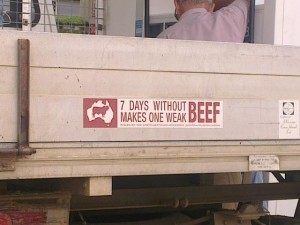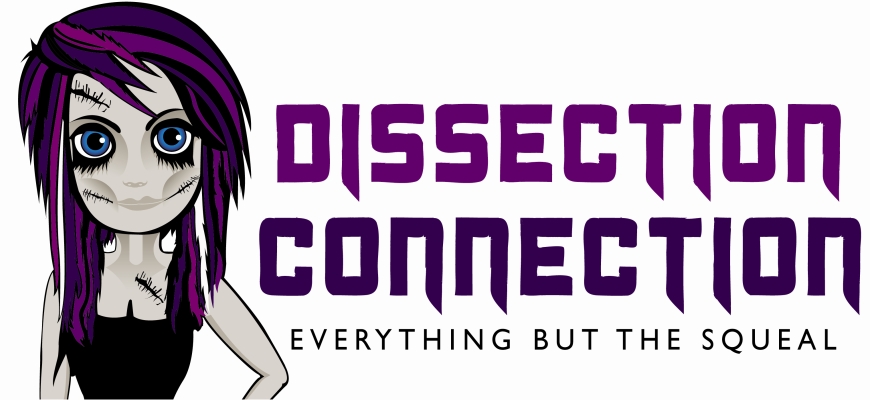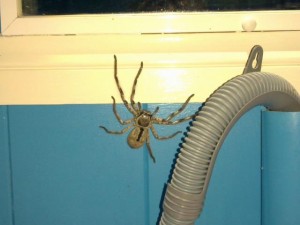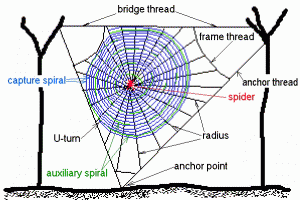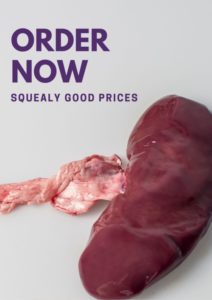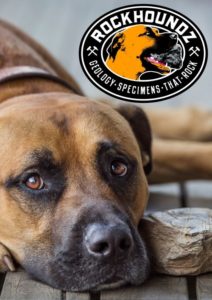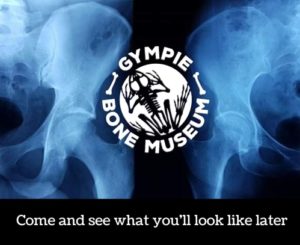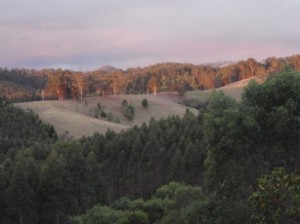
It’s the Australian Year of the Farmer – and every family needs a farmer. This family in particular needs farmers.
We live in the country. Our property is surrounded by beef, dairy, macadamia, banana, deer and small crops farms. Slowly but surely these farms are dwindling in size and variety as town moves out and the career farmers move on. A local abattoir has recently closed and properties running a few pigs and cattle are now left without a nearby facility to have them slaughtered for their family meat. Their choice, now, is to pay to have them transported over a longer distance to another abattoir, hire an on-farm butcher to come and do the job on the property or not bother growing their own meat.
If I hadn’t moved to Gympie Dissection Connection would not exist. That’s no exaggeration. Gympie is in the perfect geographical position to get good quality stock, get it packaged and get it on the road – and this is where I met Mr Vivi ♥ The closure of small and medium sized abattoirs threatens our ability to source good specimens for you. You know how difficult it is to get stock out of the really big export abattoirs and that’s because they are under much more pressure to produce more meat in less time in order to remain viable as a business.
Since I started the business we have been buying almost all of our meat from local butchers and I can tell you the quality is head and shoulders above the meat I used to buy at the big supermarkets. Home smoked bacon and ham, handmade sausages, t-bones from a beast that came from a local farm that the butcher could give me directions to if I wanted to visit, duck dressed at the abattoir and cooked in my kitchen on the same day – there’s nothing quite like it. And the value for money at the butcher is incredible. We often buy a quarter of a beast or an entire pig and share it with another family. Where else are you going to get Black Angus beef t-bones or free range shoulder ham on the bone for about $6.00/kg?
When you buy specimens from Dissection Connection you are keeping countless numbers of families afloat. The meat industry supports Mr Vivi and I, the growers, the butchers, truck drivers, slaughtermen, admin staff, cleaners, electricians, plumbers, engineers and even the public servants that regulate the industry – just to name a few.
Abattoirs keep small towns alive. They provide full time employment, apprenticeships and traineeships for people that would otherwise have to move to the city. They bring people to regional towns that would otherwise not be able to grow and thrive. And they keep you in meat for the barbecue.
Every family needs a farmer. Every family. When you buy specimens from us you are are buying 100% home grown Australian produce – not specimens chemically treated and imported from America. Well done you! Now – how about going one step further and grabbing some meat from the local butcher and having a barbecue with your mates this weekend?
![]()
ps. there are some great classroom resources on the Australian Year of the Farmer website
